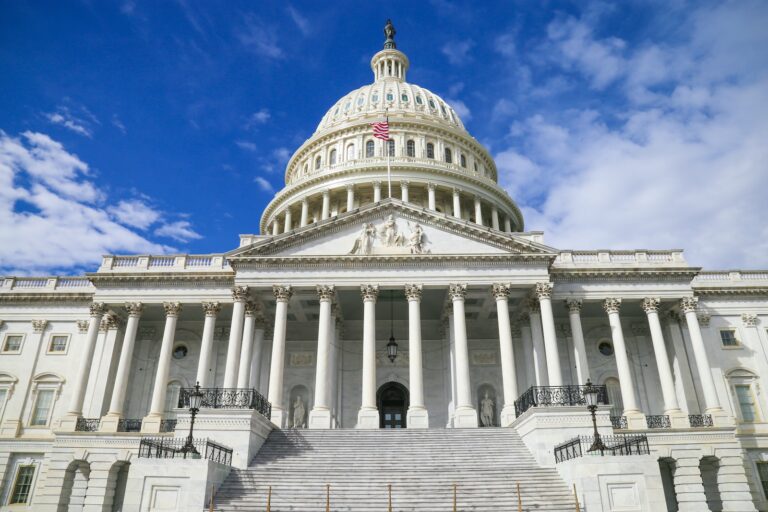Ongoing analysis of one of the most well-known universal pre-K programs continues. The Hechinger Report’s Jill Barshay covered the new research findings from Tulsa, Oklahoma’s preschool program yesterday.
It’s encouraging news for policymakers, who – despite a multitude of positive reports – are still, often faced with conflicting signals about the long-term impact of pre-K. After all, early childhood research feels, as Jill puts it, “as messy as a playground sandbox.”
The new study, conducted by Georgetown’s Center for Research on Children, looks at the long term effects of Oklahoma’s free prekindergarten program – the nation’s first dating back to 1998. It is among a few studies to identify an increase in college attendance based on pre-K participation.
Raw data showed a higher percentage of preschool and Head Start alumni enrolled in a college or university. As Jill points out, researchers used statistical approaches to adjust for the fact that students were not randomly assigned to each of the groups (i.e. HeadStart vs. pre-K). And even with these statistical adjustments, the study found a 12 percentage point increase in college enrollment for students who participated in Tulsa’s pre-K program.
Though the findings demonstrate positive and longitudinal outcomes for participation in Tulsa’s preschool program, Georgetown’s lead researcher, William Gromley urged policymakers to commit time to designing pre-K systems that deliver on high-quality and developmentally-appropriate experiences. For those of us who closely follow the research on preschool effectiveness, this point is key: Program design and quality – more than just access – are what tends to drive the most lasting effect and impact.
Check out Jill’s article for a nuanced look that includes some helpful background information and perspectives on preschool effectiveness. The full study can be found here.




